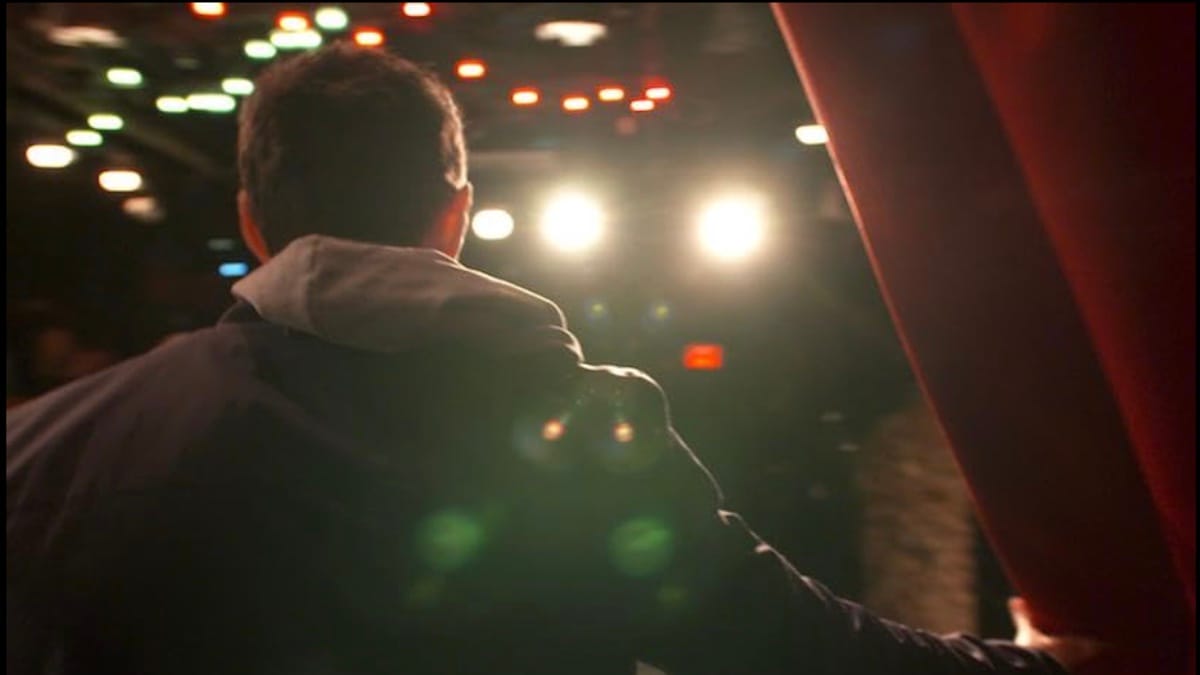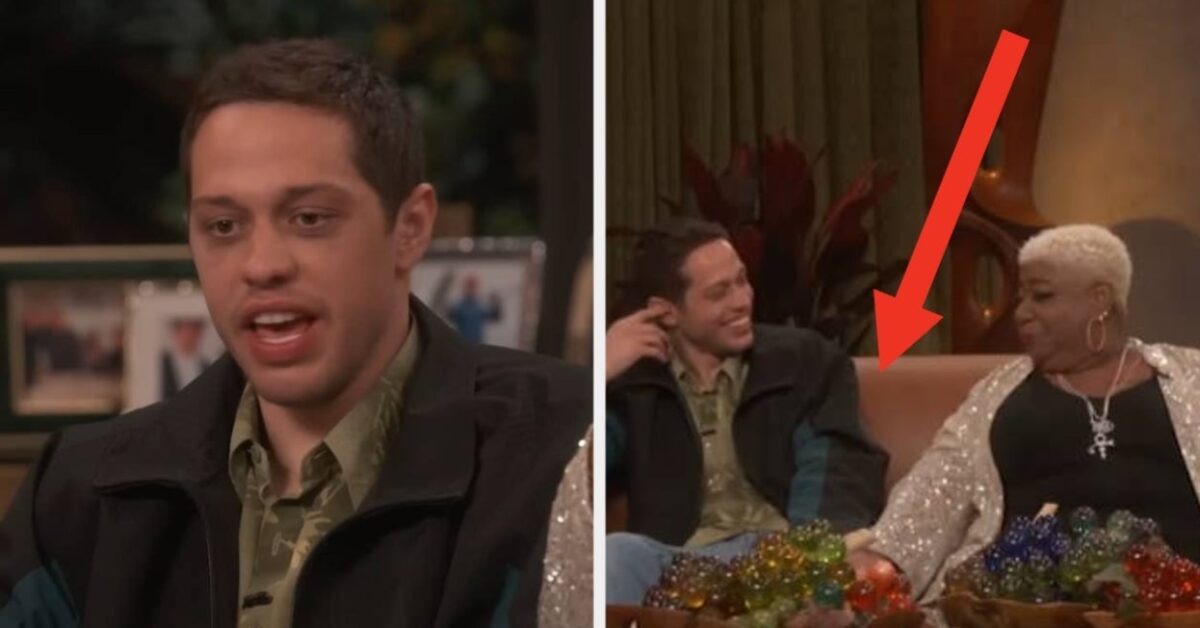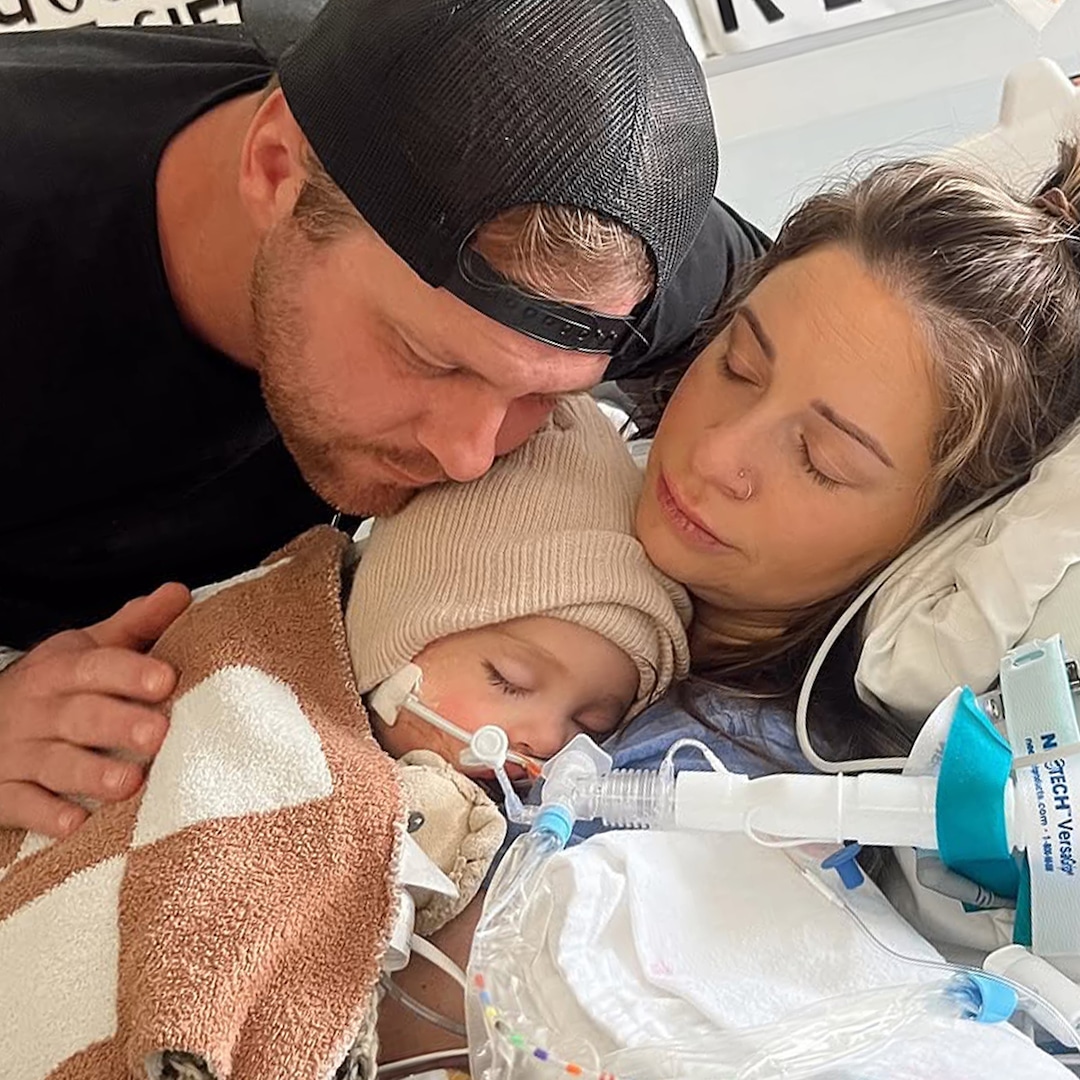
A Harrowing Look at the Missing & Murdered Indigenous Women Crisis
Jan 22, 2023
In Montana’s Big Sky Country, a black cloud hangs over the state’s expansive horizon. It looms above the indigenous residents of the Crow and Northern Cheyenne Reservations and nearby towns in Big Horn County most of all. “That energy just consumes you as an individual,” explains an elderly Native American woman, “then it consumes your family until it consumes your whole tribe.” But what’s the dark energy that smothers the southern Montana region? It’s the ongoing crisis of missing and murdered indigenous women (MMIW), with cases increasing over the past decade at alarming rates. And there’s also the legacy of Indian reservations to reckon with, the historical cause of cultural dysfunctions that linger in NA societies today.
READ MORE: 25 Most Anticipated Films At The Sundance Film Festival
Showtime‘s new doc series, “Murder In Big Horn,” covers four recent cases of missing NA teenagers: Henny Scott, age 14, in 2018; Shacaiah Harding, 20, also in 2018; Kaysera Stops Pretty Places, 18, in 2019; and Selena Not Afraid, 16, in 2020. Each young woman’s disappearance fits a similar pattern. After going out with friends to party and drink alcohol, they go missing. Families rush to the police for help with little immediate assistance. Then, days or weeks later, someone finds their bodies near where they disappeared. The Big Horn County Sheriff’s Department concludes an indeterminate cause of death each time — usually hypothermia — but families suspect abduction and foul play. Often, their bodies appear in plain sight in previously searched areas, sometimes dressed in different clothing and, in Henny Scott’s case, with signs of physical abuse.
For local women like Luella Brien, a BHC journalist, this crisis is a nightmare that goes back decades. Brien leads a regional effort to solve these cases and provide more info about them to families. BHC is the “most dangerous place for native people in the country,” says Brien, and the “hottest zone” for the MMIW crisis. And Brien believes this has gone on for generations without justice or consideration from the American government. Brien cites the disappearance of her aunt, Beverly Diane “Dee Dee” Brien, in 1977, as one of 82 documented cases that haunt the BHC area. “It feels like we were born into it,” Brien muses. With two daughters of her own, Lucielle fears for their safety, but she also refuses to leave BHC behind.
After all, this is home for Brien and other Crow and Northern Cheyenne Reservation residents. Granted, it’s their home because the United States forced their ancestors to “live within the lines” of the reservation system over 150 years ago. Aaron Brien, an officer for the Crow Tribal Historical Preservation, explains that the US created reservations for NAs to remain prisoners as settlers expanded westward on their exceptionalist quest for manifest destiny. As indigenous people took shelter on ever-smaller tracts of land, the federal government stripped them of their cultural heritage and self-worth. The result? Today’s damaged and defeated NA population and its increased rates of domestic violence, alcoholism, and drug abuse. “The reservation system was designed to fail,” Brien claims, and its history “laid the blueprint for everything that puts us where we are today.”
So why aren’t more of these cases solved? Jurisdictional issues play a significant factor in their low success rate. Who heads an investigation depends on four factors: the victim, their ethnicity, the perpetrator, and the location of a discovered body. If it’s a native victim on reservation land, it’s a job for the FBI and Bureau of Indian Affairs (BIA). But with a body on county land, like Kaysera Sits Pretty Places, the local sheriff’s department handles the case. Unfortunately, as attorney Mary Kathryn Nagel explains, it’s typical for several of these factors to remain unknown, making jurisdictional authority hard to delegate. That often leads to haphazard investigations, with many falling through the cracks without being solved.
Of course, this makes for a tense relationship between NA residents and the BHC sheriff’s office. Ineffective police work affects all four cases highlighted in “Murder In Big Horn.” Agents and officers fail to discuss anything with families and delay investigations for inexplicable reasons. The troubling lack of efficiency and transparency breeds suspicion. “The justice system failed us, not only us, but a lot of families around here,” says Nathan Stops, Henna Scott’s father. And the local police refuse to speak about the apparent crisis, even declining interviews for the series. Other state officials opt to stay quiet, too, like Terry Bullis, an ex-county coroner who cremated Kaysera’s body without her family’s permission. The collective silence speaks volumes to a broader theme of negligence toward NAs and their way of life — lending credence to the belief that these cases share a sinister pattern.
But more outspoken authorities in “Murder In Big Horn” don’t share the NA community’s suspicions. Medical examiner Dr. Robert Kurtzman stresses that many of these cases don’t indicate homicides, although it’s possible for some, like Kaysera’s. Meanwhile, former BHC undersheriff Eric Winburn doesn’t believe an MMIW crisis exists. As the only police officer who grants an extended interview for the show, Winburn considers it a story created by the NA community to deflect guilt. “Native Americans don’t take responsibility for what’s happened in their community,” he explains. In Winburn’s view, victims’ families fabricate a narrative of police corruption by ignoring other factors, like underage drinking, troubled family lives, and native-on-native violence. “If it doesn’t fit that [pattern],” Winburn claims, “they don’t want to know the truth.”
However, NAs understand all too well the truth of “this garbage system we’ve inherited” and the “internalized disposability” it breeds. Lucy Simpson of the National Indigenous Women’s Resource Center traces her community’s maladies to “federal policies [that worked] toward terminating Indian nations,” like Indian boarding schools. These institutions functioned primarily to uproot NA children from their tribes and forcefully assimilate them into American society. Suffering rampant physical and sexual abuse, NAs returned from these places irreversibly damaged. “The amount of broken families, children on their own, and the overall dysfunction, it just was everywhere,” Luella Brien explains. “It becomes a self-destructive cycle of shame and degradation amongst the people, which is exactly what the government wanted. … [but] we didn’t self-destruct: we just learned to live within the dysfunction.”
Winburn correctly diagnoses an overall lack of accountability in MMIW cases. Simpson agrees that’s the “main vulnerability” in reservation communities. But given their ancestral history, are NA families to blame for inheriting such an awful and heartbreaking legacy? Each household involved in the cases that “Murder In Big Horn” covers has its share of traumatic issues: drug abuse, severe mental illness, early deaths of siblings, and alleged molestation. These aren’t made-up stories but rather harsh and devastating lived realities. And despite shaky evidence of abduction and police corruption, it makes sense that NA women view these cases through the “white boogeyman” myth: of intruding, villainous male outsiders that strip indigenous people of their land, culture, and women. After all, this happened to these communities before. And if history does anything consistently, it repeats itself.
There are also broader sociological factors at play here. First, Montana’s regional proximity to the Canadian border and the Pacific Northwest, two areas rife with cartel and human trafficking activities. I-90, a major highway that cuts straight through Big Horn County, makes it a hotbed for trafficking. However, the busy road makes these crimes nearly impossible to trace and allows criminals savvy to the region’s jurisdictional issues to exploit it easily. Does that make Selena Not Afraid and Shacaiah Hardin’s disappearances near I-90 meaningful or coincidental? Then there’s the government’s general negligence over these cases. After MMIW protests prompt national media attention, President Biden approves new Secretary of the Interior Deb Halland, of NA descent, to create the Murdered & Missing Unit (MMU) for a more thorough investigation. But MMU agents fall aground to the same pitfalls with the BHC sheriff’s office as the FBI and BIA before them.
That prompts Luella Brien to take matters into their own hands. “Murder In Big Horn” ends with an informal investigation into Kaysera’s disappearance, uncovering new details about the night she went missing. A local NA male who lives nearby, Notulse Summers, apparently scared Kaysera and her friends, chasing them in his truck the night she disappeared. Is this case then an example of native-on-native violence? That’s inconclusive, as neither Summers nor his family agrees to speak with Luella. But Brien and others in the reservation communities believe that, despite a lack of justice, they must return to their traditional way of life, which abhors violence against women, if they wish to overcome their present circumstances. For Luella, it comes down to this: “what can we do to preserve what we have left, and what can we do to thrive?”
But is a future without MMIW possible with so much generational trauma within the NA community? “Murder In Big Horn” supplies no easy answers to that question or the cases it documents. As a result, this series will prove disappointing for true crime fans looking for a cheap thrill. And history buffs should look elsewhere, like last year’s riveting “Lakota Nation Vs. United States,” for a more comprehensive background about how the American government deliberately destroyed the cultures of indigenous peoples. But make no mistake: “Murder In Big Horn” is as harrowing as shows like this get. This series unflinchingly tells the latest chapter of America’s colonial history and deserves all the recognition it receives. These young women and their ancestors don’t deserve their fates, and no one should silence their stories. [B]
Follow along with all our coverage of the 2023 Sundance Film Festival
Publisher: Source link
People Are Coming For Chappell Roan After She Said Pop Stars Shouldn't Have To Be Political Experts
Chappell argued it's "impossible" for pop stars to stay in the know.View Entire Post › Disclaimer: This story is auto-aggregated by a computer program and has not been created or edited by filmibee.Publisher: Source link
Apr 3, 2025
Gwyneth Paltrow, Chris Martin’s Daughter Apple’s College Major
Gwyneth Paltrow’s Daughter Apple Martin Addresses “Really Upsetting” Criticism in Rare InterviewYou won’t want to object to Apple Martin rare insight into her college life. Gwyneth Paltrow and Chris Martin’s 20-year-old daughter revealed what she is studying at Vanderbilt University—and…
Apr 3, 2025
Luenell Awkwardly Touches Pete Davidson’s Leg On TV
Luenell Awkwardly Touches Pete Davidson's Leg On TV At one point, they were blindfolded for a show segment, and while their eyes were covered, Luenell, who was sitting next to Pete, reached over and began caressing his leg, presumably as…
Apr 2, 2025
Influencer's 22-Month-Old Son Dies After Mirror Falls on Him
Lindsay Dewey is detailing a heartbreaking event in order to help others. The influencer—who chronicles her life with her family on social media—recently shared that her and husband Eric Dewey‘s... Disclaimer: This story is auto-aggregated by a computer program and…
Apr 2, 2025











